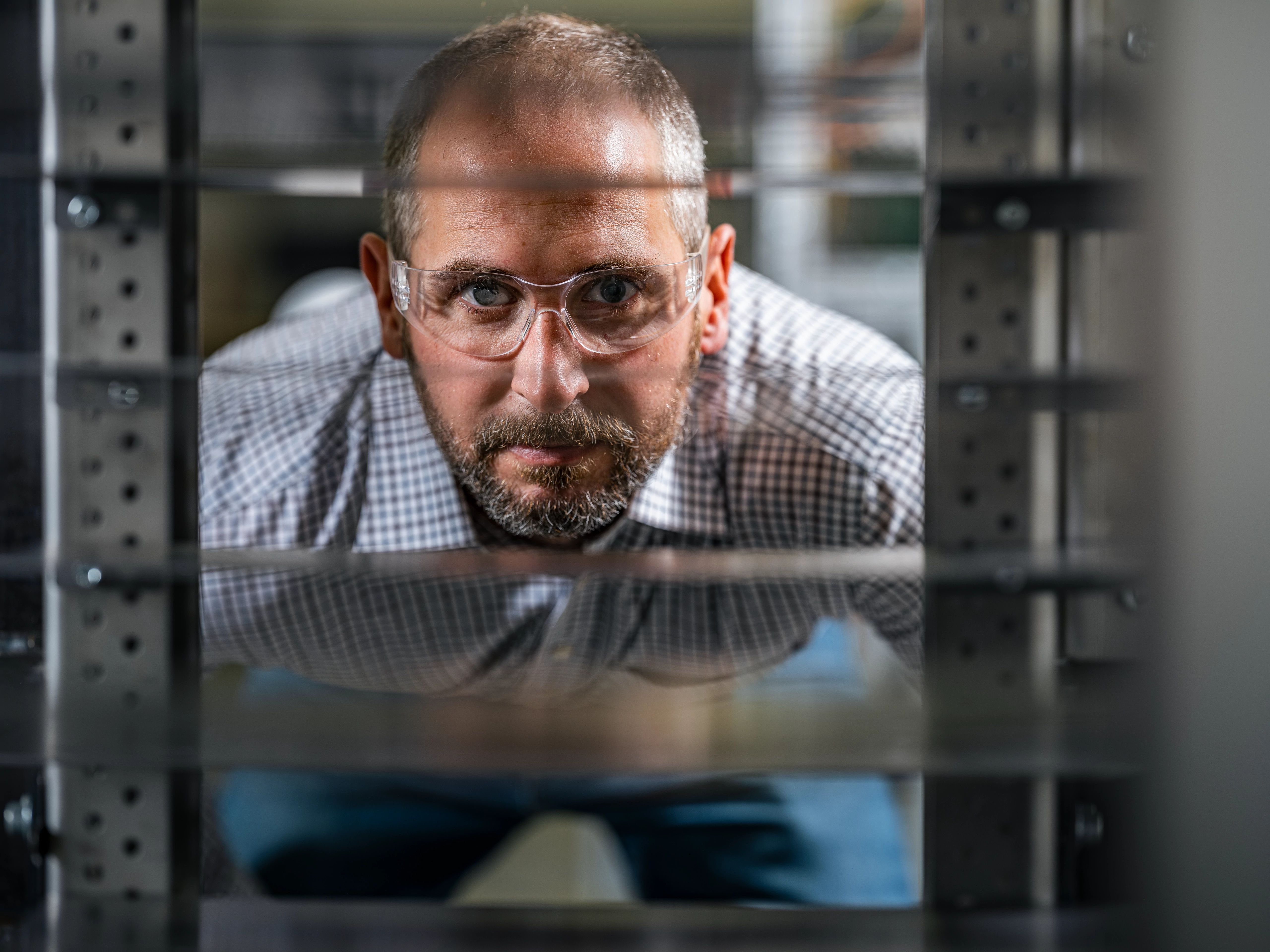Innovation for Change: Autodesk FY22 Impact Report

Technology has brought us many benefits, but in some cases significant negative impacts as well—for people and our planet. From carbon-based fuels driving climate change to industrial waste hurting the health of individuals and the broader ecosystem, various technologies can be seen as a root cause of some of the biggest global problems we face today.
Innovation can help us solve those problems. As research scientist and author Andrew MacAfee pointed out in a conversation with Autodesk CEO Andrew Anagnost at AU, the United States actually consumes fewer resources today than it did 50 years ago—not just per capita, but overall. And that’s thanks to continued innovation—looking for better ways to make and build with less.
Autodesk has released its FY22 Impact Report, highlighting what we’re doing as a company and what our customers are doing to create a better world for all. And AU has many resources to help every designer, architect, engineer, contractor, subcontractor, and owner gain the insights and skills needed to innovate for positive impact. Check out these classes, Theater talks, and articles to get started:
Energy and materials
By making better choices with the materials and energy we use, we can reduce carbon emissions and waste.
- SYSTRA R&D developed two web-based tools to better simulate carbon emissions and reduce safety risks on projects using Forge and ArcGIS. Check out how BIM can help us create more efficient infrastructure with less environmental impact.
- In manufacturing, nesting is all about increasing efficiency by minimizing material waste, shortening machine cycle times, and reducing production costs. Learn how nesting in Fusion 360 helps you save on materials, time, and labor.
- Can we generate electricity from the motion of waves? Marcus Lehmann believes we can harness the power of the ocean to decarbonize our energy grid.
- Top-ranked architecture firm Lake|Flato adopted a new tool to implement early energy modeling across the company. Examining their strategy offers some key steps to success.
Health and resilience
By creating places and products that are safer, healthier, and more resilient, we can adapt and survive the changes and challenges all around us.
- Find out how Victoria Hand Project used the Fusion 360 API to develop orthotic and prosthetic devices that can be adjusted to anatomical measurements, then custom-fitted in a Fusion 360 model, making them easier to fabricate and more comfortable to wear.
- How can communities plan for disaster recovery? Jeff Link details the lessons learned from Hurricane Katrina, and the need for people-focused recovery plans that consider many different stakeholders.
- Recent years have brought many challenges, but also opportunities for companies to transform—often at a faster pace. Allison Scott explains why she believes the construction company of the future is being forged now.
Diversity and training
By teaching the skills that the workers of tomorrow will need, implementing a culture of lifelong learning, and actively promoting diversity and inclusion, we can ensure a well-equipped workforce where equity matters.
- 85% of contractors have experienced moderate to high levels of difficulty finding skilled workers. One way to solve the problem? Increasing diversity, equity, and inclusion in hiring. Dr. Giovanna Brasfield explains.
- Just like the AEC and manufacturing industries, education had to make colossal changes quickly to deal with the pandemic. Adapting to remote learning is essential, and Fusion 360 has a lot to offer students that need to directly engage and collaborate from a distance.
- Increasing digitalization means that training companies have to prepare their trainees for Industry 4.0. Learn how to integrate Fusion 360 into an online learning platform, while embracing a holistic learning approach.
Learn more anytime at Autodesk University.




